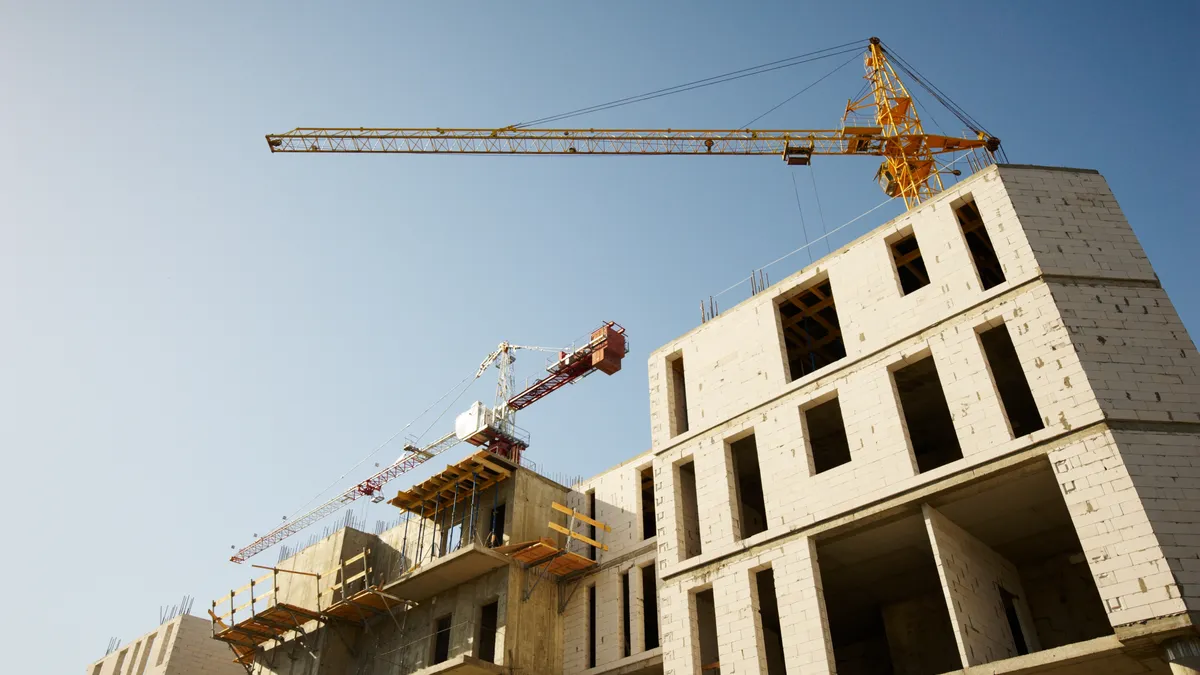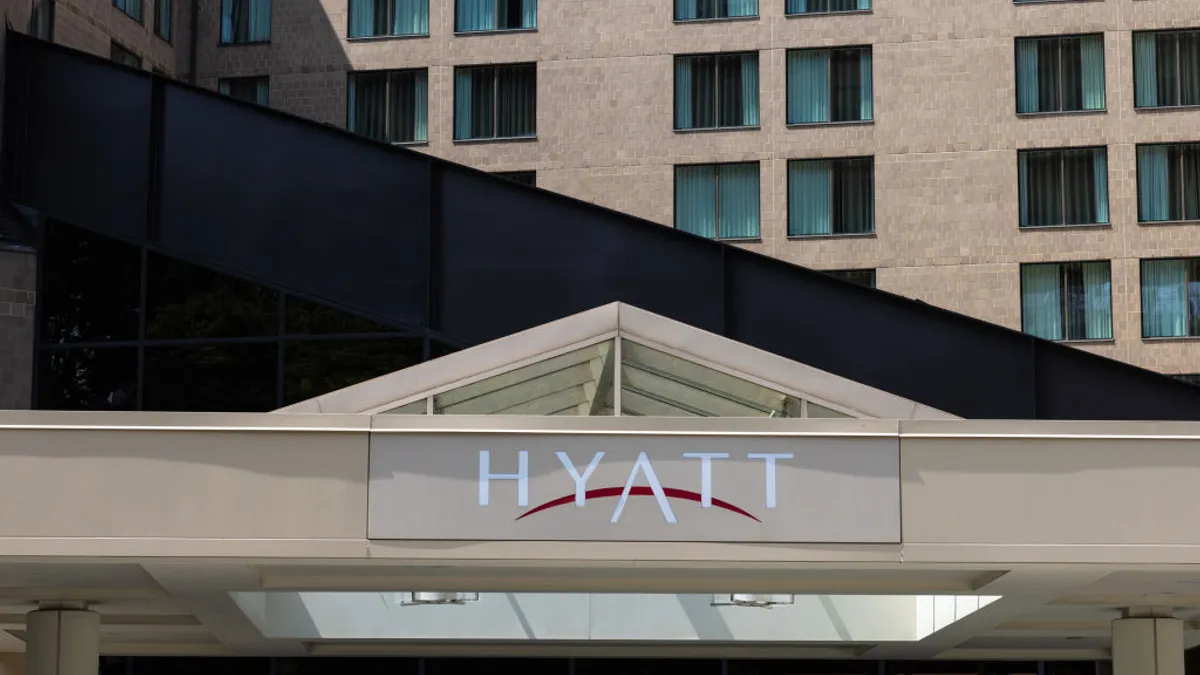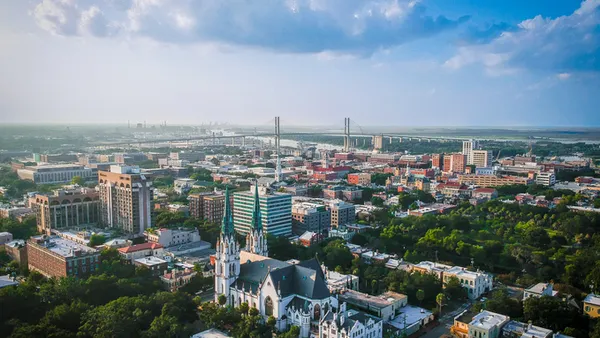The construction pipeline for hotel projects in the U.S. increased by 9% year over year in the first quarter of 2023, representing the fourth consecutive quarter of total pipeline growth, according to a recent report from Lodging Econometrics.
The Lodging Econometrics’ U.S. Construction Pipeline Trend Report found that the first quarter of 2023 closed with 5,545 projects, or 658,207 rooms, in the construction pipeline.
Hotel projects currently under construction, projects scheduled for construction in the next year and projects in the early planning stages all saw year-over-year growth in Q1, with projects in the early planning stages accounting for 44% of the pipeline — an all-time high of 2,434 projects, or 276,274 rooms.
While company representatives cited “robust” recovery in travel demand and an increase in consumer confidence and spending as factors pushing pipeline growth, they also noted that current economic challenges may be limiting the pipeline’s full potential.
The extended-stay promise
According to the Lodging Econometrics report, projects by Marriott International, Hilton and InterContinental Hotels Group make up the majority (68%) of properties in the U.S. construction pipeline. Hilton’s extended-stay brand Home2 Suites led other Marriott, Hilton and IHG brands by project count, with 546 projects, or 56,001 rooms.
The extended-stay product is becoming increasingly popular with developers because it’s more efficient than some select-service models with less housekeeping and longer guest stays, said Lodging Econometrics Senior Vice President Bruce Ford.
Choice Hotels has noted similar trends among developers and recently debuted its midscale "Premium Kitchen in a Box" model, which allows franchisees to convert almost any transient hotel into an extended-stay MainStay Suites property.
According to Matt McElhare, senior director of Choice Hotels’ extended-stay brands, the conversion option could increase developers’ gross operating profit by from 10% to 15% when transitioning from an average select-service hotel.
“The upside [of extended-stay conversion] is huge because of that performance differential,” McElhare said. “It's a compelling value for a developer.
“I think [our extended-stay conversion option] is even going to be one that typical new construction developers are going to look at because it gives you a way to quickly enter extended stay and do so in a way that comes with fewer challenges than new construction right now.”
An alternative to new construction
Ford cited an uncertain financial climate as one of the largest challenges facing hotel developers across property segment or type.
“When developers engage in new construction, they want costs to be predetermined with a theory of no surprises,” Ford said. “We know from a supply chain perspective, inflation perspective and a cost of capital perspective that none of that is normal right now. So at this point, that's why developers — albeit they are signing new projects and looking to lock up markets — are still waiting on the sidelines to begin those projects.”
A cost-effective alternative to new construction that many owners and developers are considering is renovation or conversion, Ford said. He added that remaking and reshaping their portfolios for the future is the “best investment” developers can make right now.
The Lodging Econometrics report found that renovation and brand conversion activity in the U.S. reached record project counts of 1,953 hotels, or 253,533 rooms, in the first quarter of 2023, with projects up 38% and rooms up 37% year over year.
Hilton had the most conversion projects and room totals, with 105 projects, or 14,456 rooms, in Q1. Marriott followed with 100 conversion projects, accounting for 13,465 rooms, and IHG had 52 conversion projects, or 6,2543 rooms. These three companies accounted for 31% of all rooms in the national conversion pipeline.










